The emergence of padel gives birth to a new social practice where sport is no longer the element that is in the foreground but is accompanied by a trend where many people meet there to exchange.
First, we must not confuse the “practice” which, according to Reckwitz (2002), represents “an emphatic term to describe the whole of human action” (P133) and a “practice” representing, “a type routine behavior which consists of several interrelated elements: forms of physical activity, forms of mental activity, “things” and their use, basic knowledge in the form of understanding, knowing- do, states of emotion and motivational knowledge. "(P133). The theory of social practice dissects this last meaning of a practice where three elements constitute the pillars of the emergence of a social practice, images, skills and materials.
Indeed, if one were to describe the theory of social practice in sociology, we would emphasize a "way of doing" followed by a collective or individual activity socially present in a social context. This theory is more complex than that because it puts several elements into action in situations that may be different with different communities. This is why we are going to focus on the emergence of a new practice as a new social practice.
Le padel is a new market which is developing day by day and which already constitutes a large community where players, producers and consumers share the same passion and the same rules.
Indeed, because beyond sport lies a real social practice. For example, Giddens, (1984), says that when someone plays football, "he is actively participating in the reproduction of the game itself. » (P2), that is, the rules are considered more by the players than the sport itself. We can thus think that it is found at padel because the rules and respect for other players is a very important element in a sport where only 4 players are present on the field.
The theory of social practice has been separated into several elements in order to be better analyzed.
If we take this practice in the field of sport, three interconnected elements have been separated in order to be better analyzed. Indeed, Shove et al (2012), say that the three-element model includes “images (meanings, symbols), skills (skill forms, procedures) and materials (materials, technologies) dynamically integrated by skilled practitioners through regular and repeated performances ”(P24). These elements fully constitute the construction and transmission of a social practice.
First, the "materials", denoting the things allowing the birth of the practice are often according to Shove & Pantzar (2005) "directly involved in the conduct and reproduction of daily life" (P24) so we can determine the " materials ”of this new sporting practice which are rackets, outfits, sports brands, fields and clubs thus constituting the first elements in the construction of social practice because these elements are fully involved in the reproduction of daily life allowing players to participate in this new practice.
So we can say that, Reckwitz (2002) “Realizing a practice very often means using particular things in a certain way. It may seem trivial to point out that in order to play football we need a ball and objectives as indispensable "resources" (P250), indeed things are inevitably at the center of the practice, as for example, a racket or a balloon but to ensure the production and reproduction of the practice, skills and meanings must be integrated.
Secondly, meanings / images, this refers to Bourdieu's concept of habitus (1984) which emphasizes the sociological aspect of individuals and "their way of being, constituting the set of habits and acquired behaviors. by an individual, a group of individuals or a social group ”(P24). Thus, the understanding of the meanings of a new sport practice is shared within a social group which brings the group together. In addition, Rettie, Burchell, & Riley (2012) note that “behaviors are fair or appropriate” (P24) and this is strongly linked to the feeling that a practice is considered social when the number of participants practicing sport is large. and that the group shares the same passion thus attracting other individuals.
Indeed, if people do not engage in sport and do not see others engage with it, they come to think that the practice is not suitable and cannot be transmitted. This is not the case with the padel where from its emergence a community was formed, investments were presented and tournaments were organized proving that the number of participants is large enough to bring this practice to life and share a social practice.
Third, skills refer to procedures, know-how and technique. This element of social practice theory has its roots in Bourdieu (1986) and Shilling (1991) and emphasizes that skills are like “multiple forms of understanding and knowledge” (P24) and so this type of knowledge is necessary for the realization of the practice.
Thus, these three elements of the theory of social practice, although distinct in their characteristics, must be interconnected in order to bring out a new social practice. They constitute a block whose common factor allowing the interconnection of these elements is the individual, that is to say, the player, the entrepreneur, the investor or the sponsor.
Indeed, the practices can be defined according to Schatzki (1996) as a “set of facts and words” (P24) but also according to Reckwitz (2002) as “ways of understanding, of knowing and of desiring” (P25). The individual is then the second centerpiece of the practice, it is through his performance and his actions that social practice can emerge. If we take the example of football, the footballer is not only used to kick a ball and participate in the proper functioning of the game. Indeed, he has become in the process of emergence of social practice, a practitioner. active and creative reproduction of the practice. Thus, it would be wise to consider consumers more as players who come to play sport and fulfill objectives but rather as individuals wanting to share their emotions by transmitting their passion for sport.
Thus, this new sport practice as a new social practice shows that there is a whole process and a multitude of elements and actors put together to build this social practice. Beyond this new social practice, sport is proving to be a very important consumer practice in our society.
Student in Master 2 entrepreneurship and innovation at IESEG SCHOOL OF MANAGEMENT in Paris and passionate about sport, I decided to devote my end-of-study thesis to the emergence of padel in France as a sport and social practice and the associated market development. Having lived 22 years in Morocco and for 5 years in France, I am delighted to be able to share my skills.



















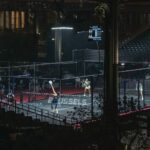
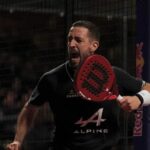
















































































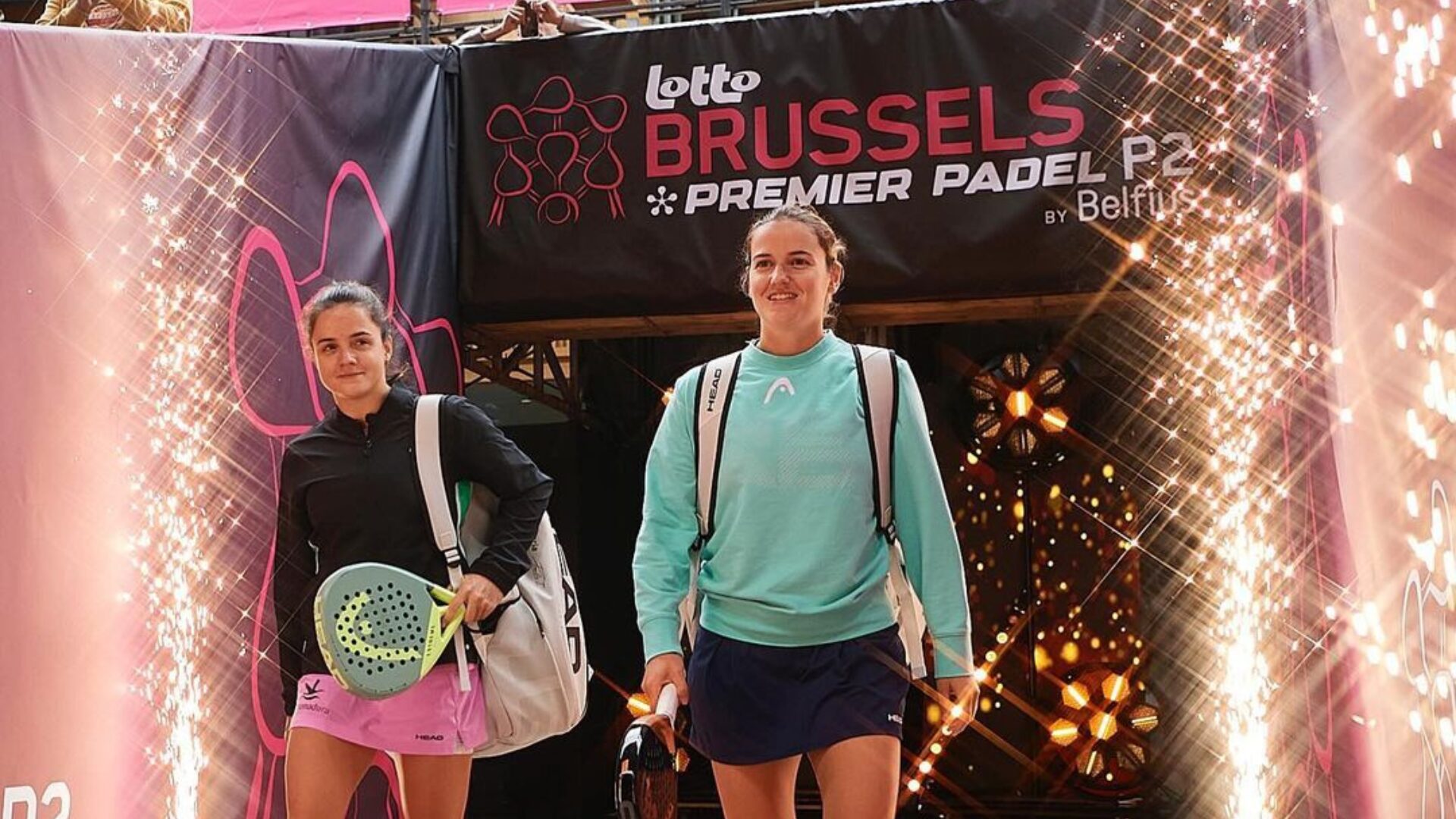 Premier Padel Brussels P2 – The break obviously did Sanchez / Josemaria good!
Premier Padel Brussels P2 – The break obviously did Sanchez / Josemaria good!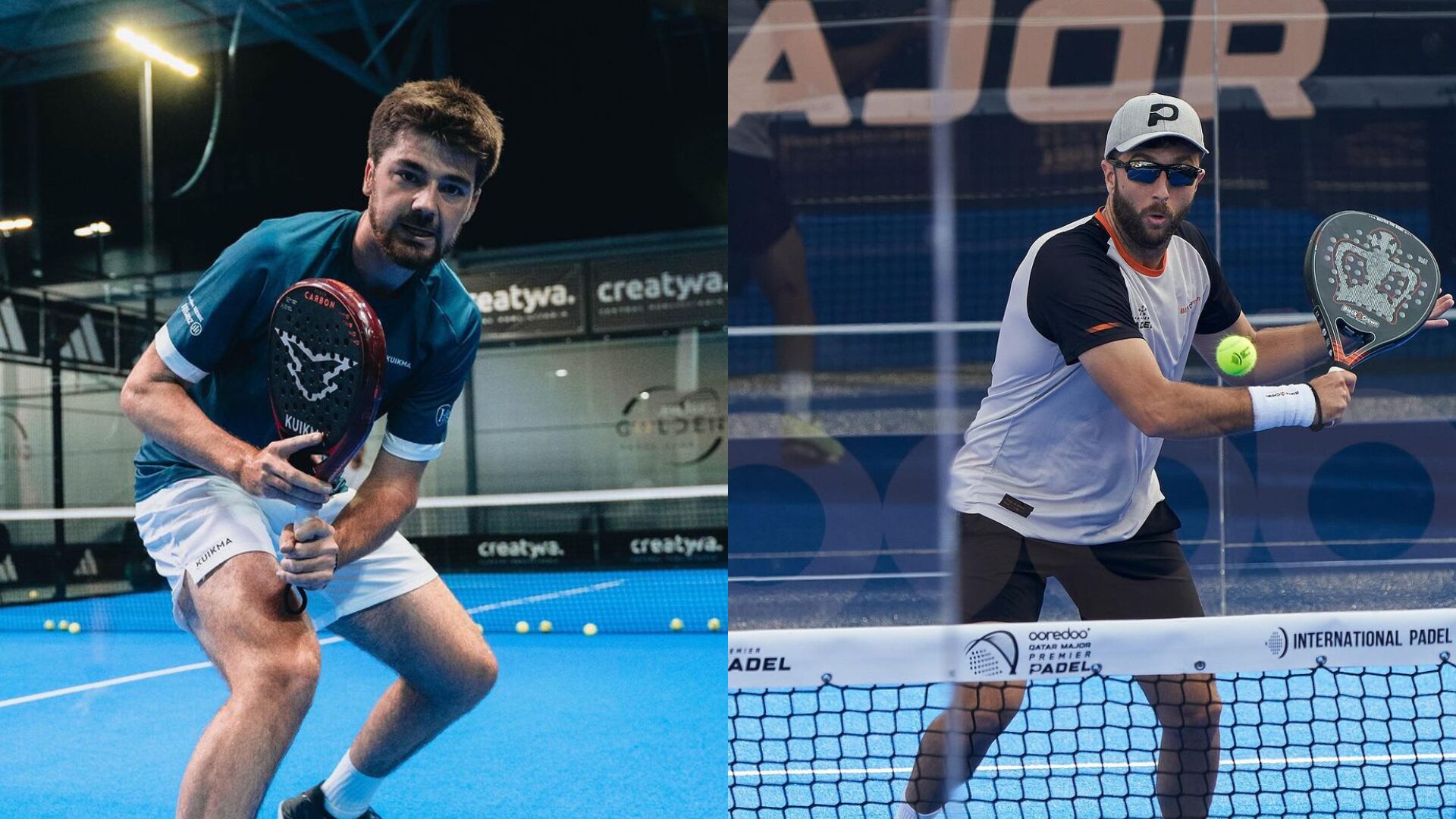 Premier Padel Sevilla P2 – From the waiting list to previas for Dylan Guichard and Ricardo Martinez!
Premier Padel Sevilla P2 – From the waiting list to previas for Dylan Guichard and Ricardo Martinez!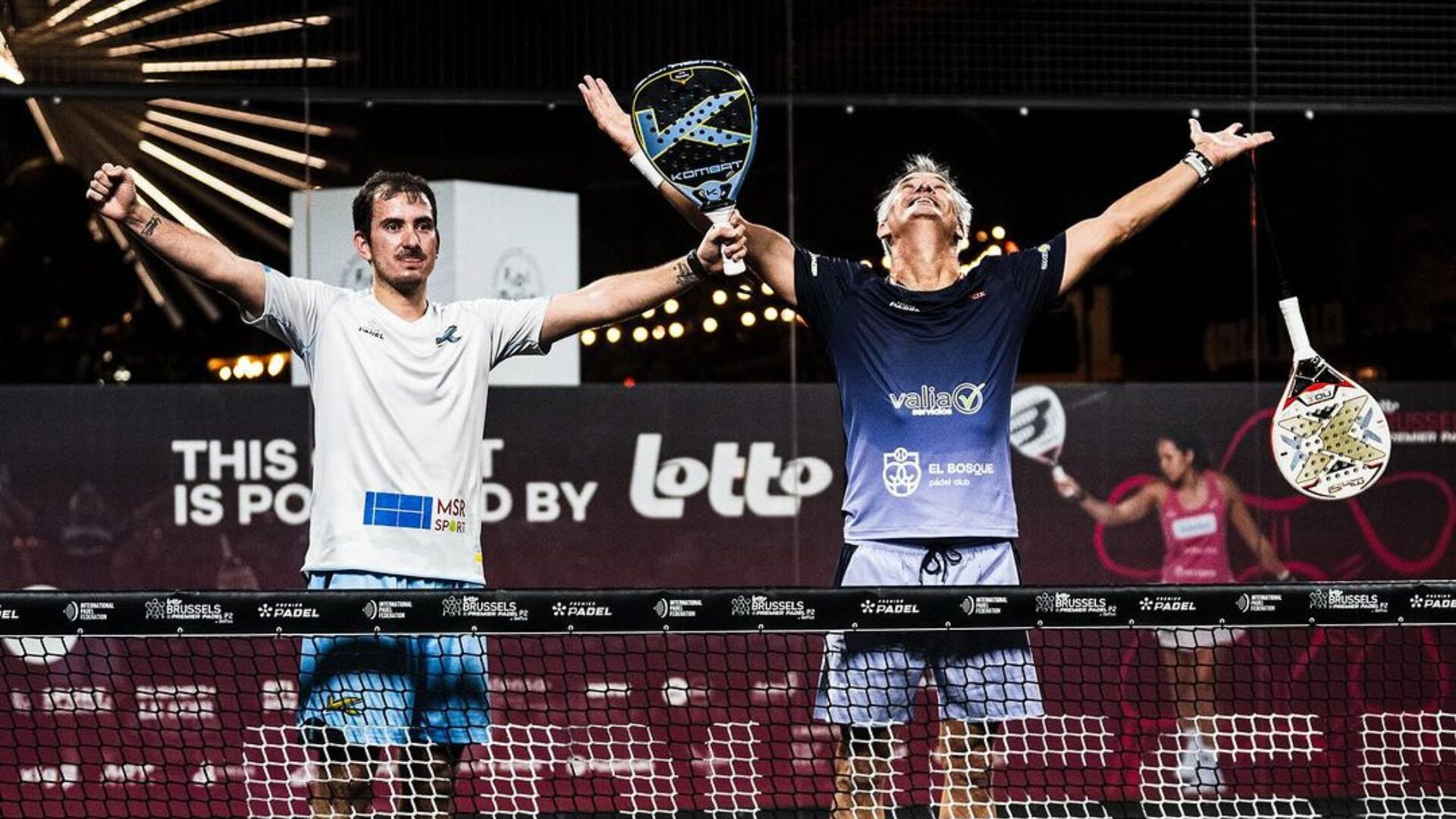 Miguel Lamperti: three tie-breaks and a return to the quarter-finals!
Miguel Lamperti: three tie-breaks and a return to the quarter-finals! Guillaume Codron de Sud Padel : “A family project”
Guillaume Codron de Sud Padel : “A family project” Nallé Grinda: “Democratize the padel in the USA with PadelX "
Nallé Grinda: “Democratize the padel in the USA with PadelX " Simon Boissé: “We know that there are two nations in front of us”
Simon Boissé: “We know that there are two nations in front of us” Marie Maligo: “This period of frequent changes of partners was beneficial for me”
Marie Maligo: “This period of frequent changes of partners was beneficial for me” Gilles Moretton: “We will be able to put the padel at the level of tennis”
Gilles Moretton: “We will be able to put the padel at the level of tennis”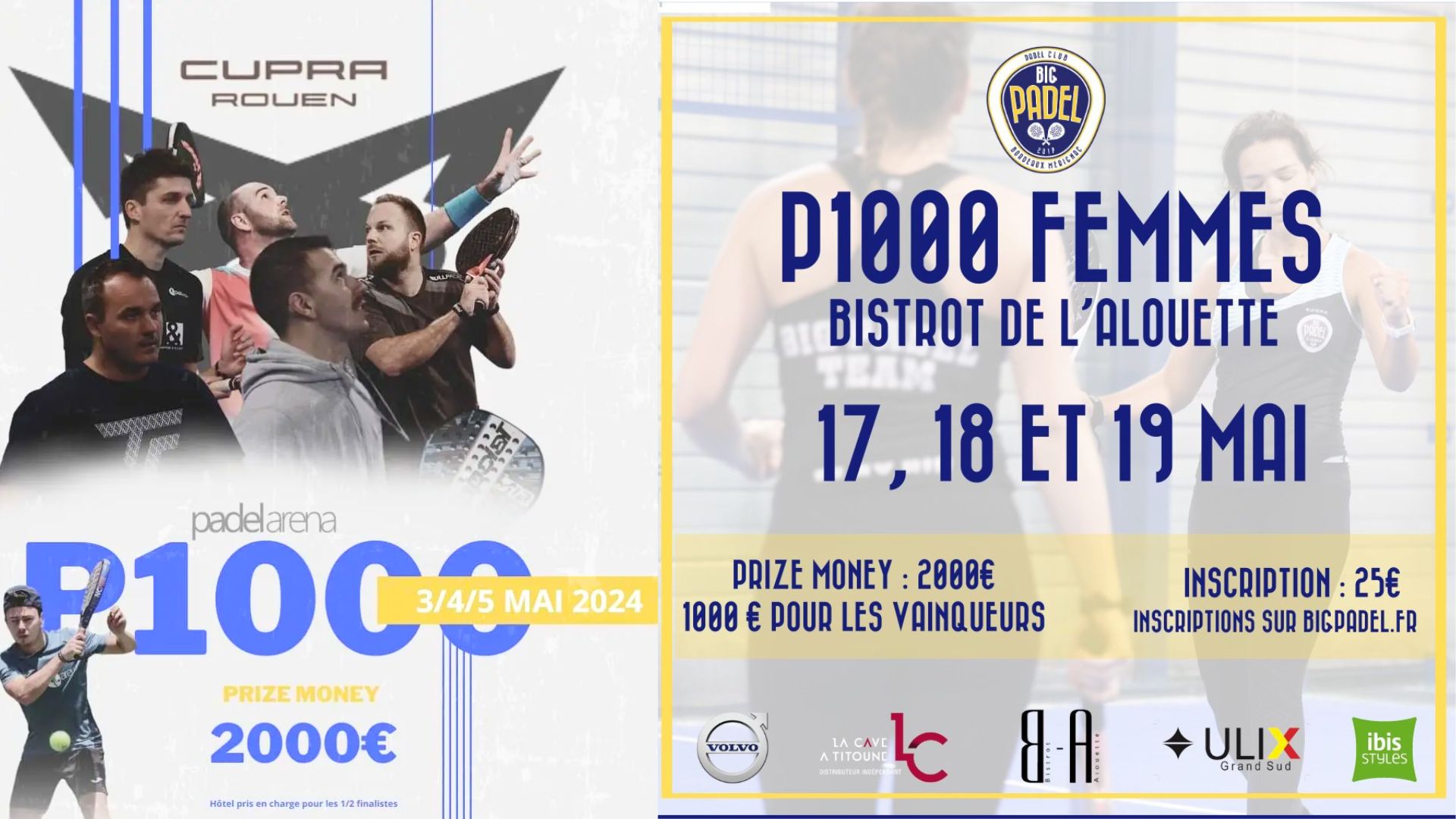 Two P1000 doubled prize money approaching!
Two P1000 doubled prize money approaching! José Manuel Escin at the inauguration of Casa Padel DOS: “Finally, and thank you!”
José Manuel Escin at the inauguration of Casa Padel DOS: “Finally, and thank you!”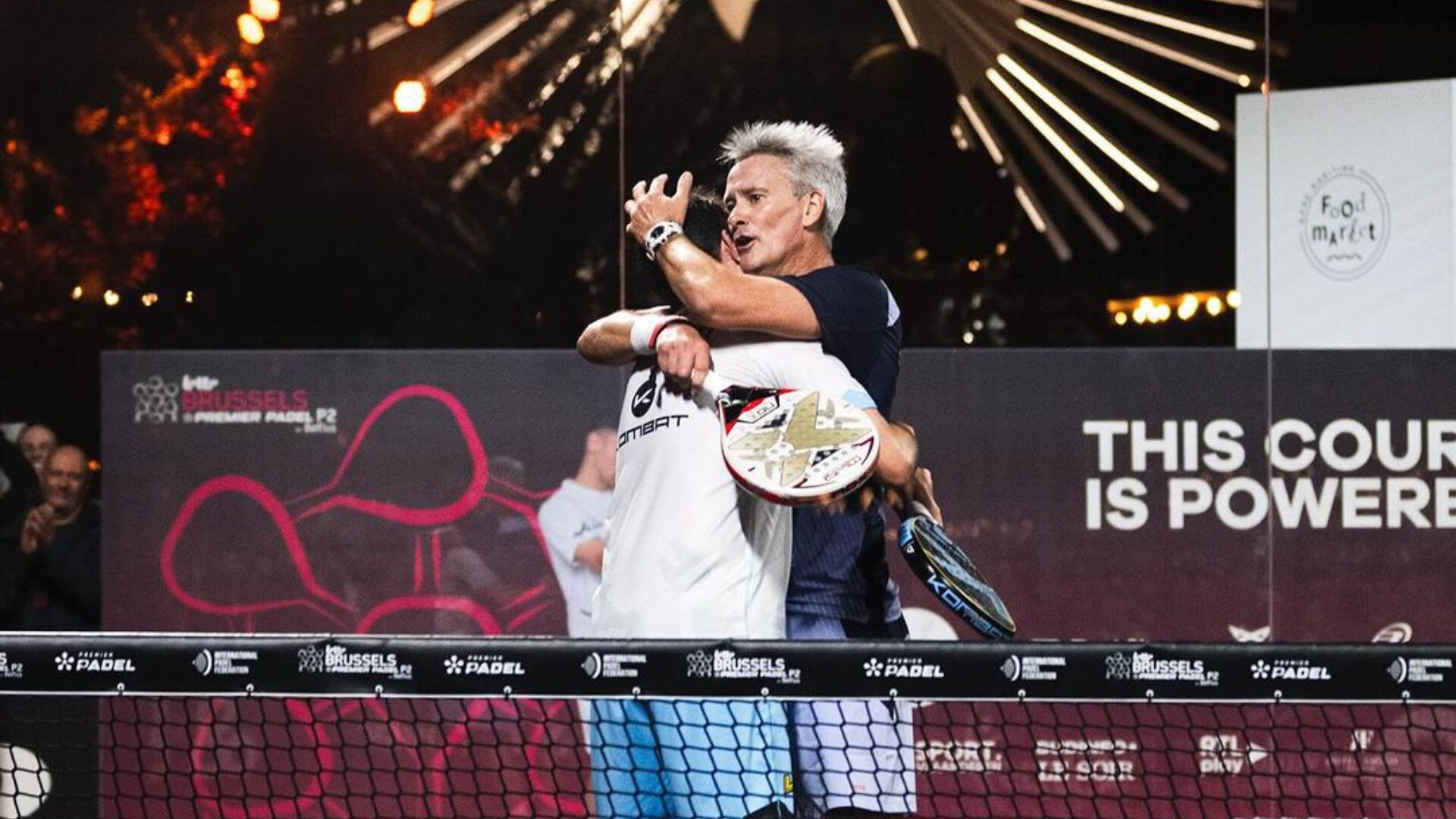 Big evening in Brussels with two seeded players on the mat, heckled number 1s…
Big evening in Brussels with two seeded players on the mat, heckled number 1s…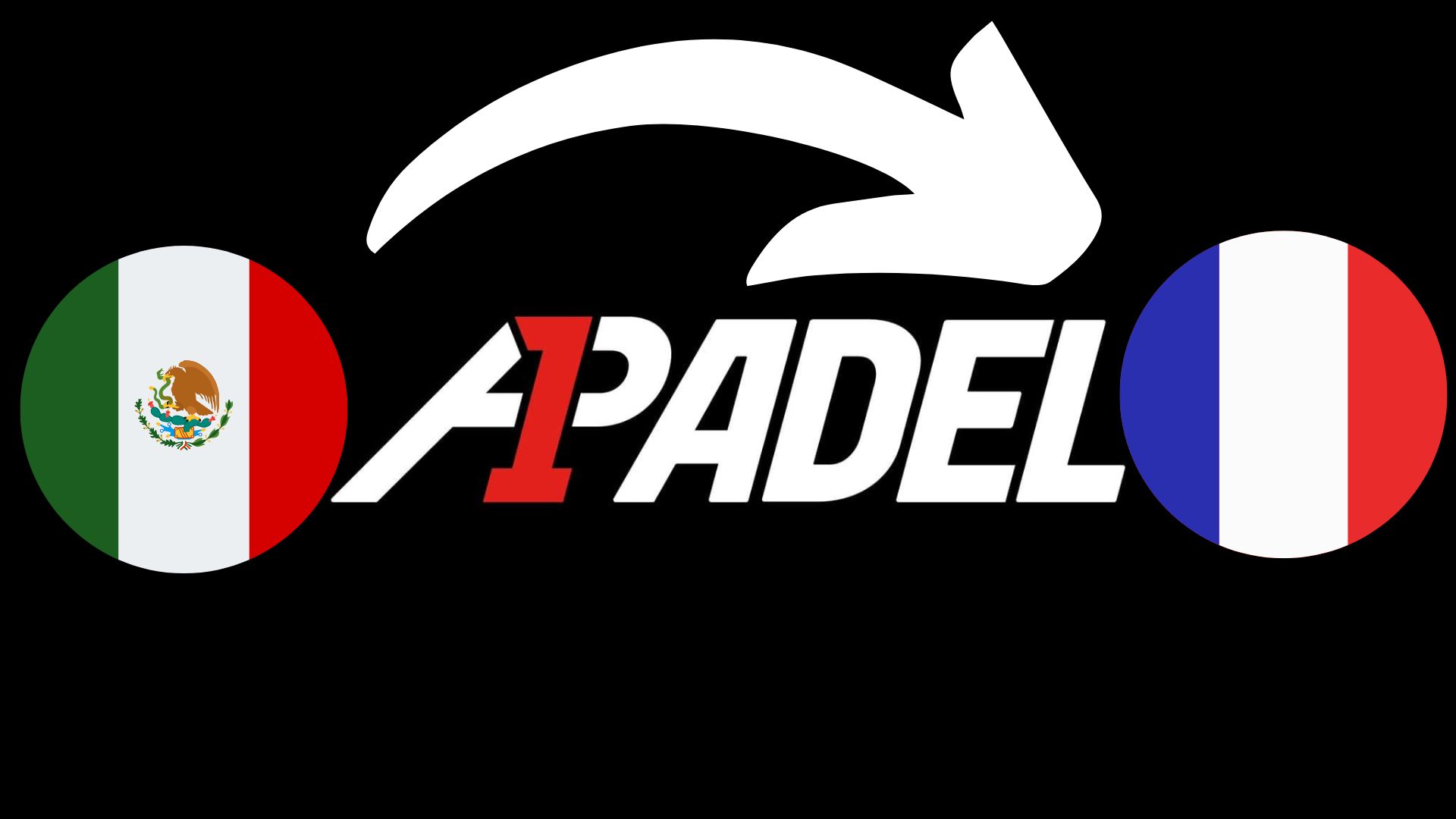 A1 Padel – the French Open replaces the Mexican Open on the calendar
A1 Padel – the French Open replaces the Mexican Open on the calendar 4 Fiberglass Padel Courts for The Ville de Paris: a choice that looks to the future
4 Fiberglass Padel Courts for The Ville de Paris: a choice that looks to the future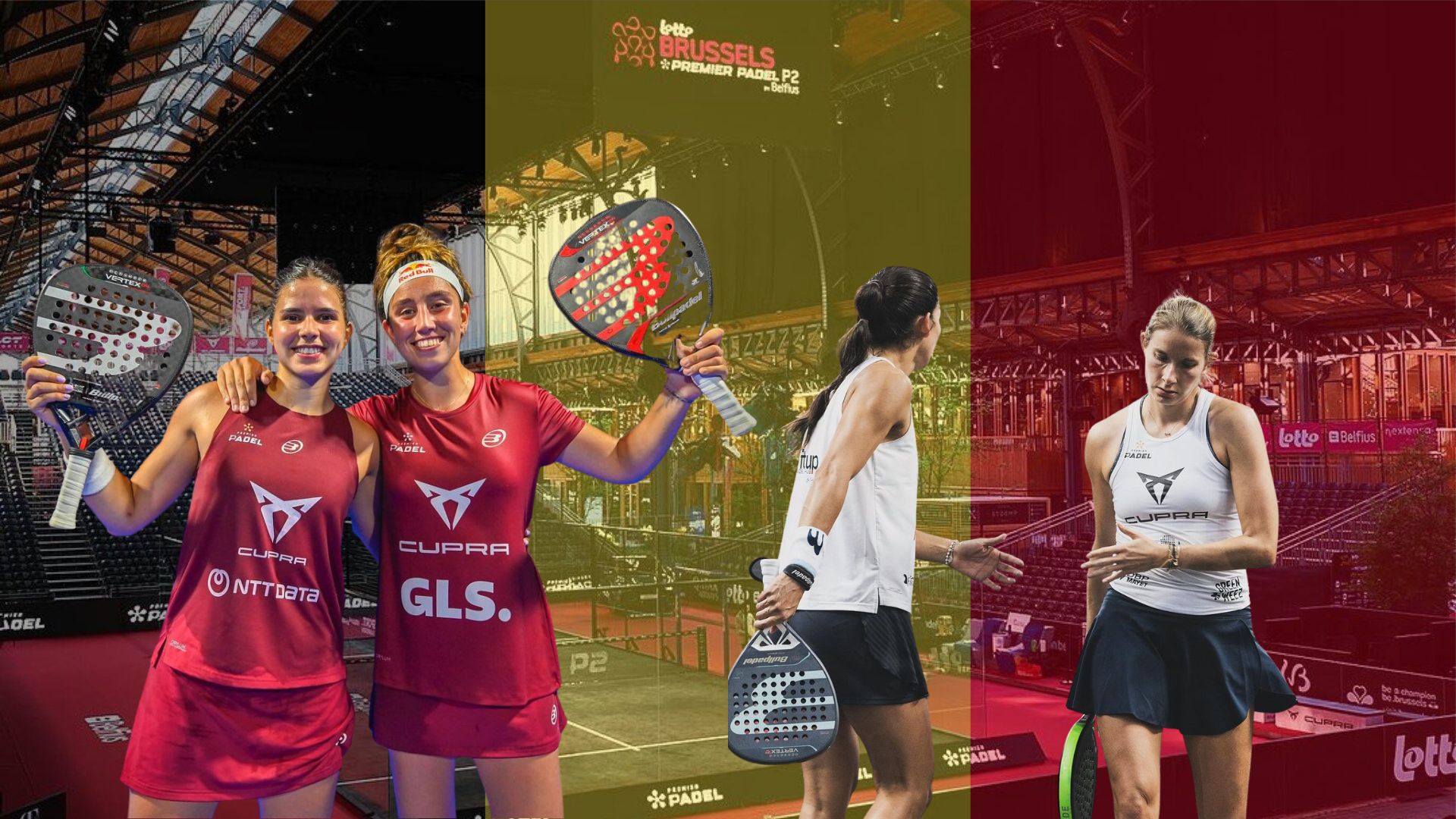 Brussels Premier Padel Brussels P2 – Collombon / Bidahorria falls against Brea / Gonzalez
Brussels Premier Padel Brussels P2 – Collombon / Bidahorria falls against Brea / Gonzalez Padel Score comes to Tahiti for American Express Padel Cup!
Padel Score comes to Tahiti for American Express Padel Cup! Do you know the Rafa Nadal Academy Tour?
Do you know the Rafa Nadal Academy Tour? Play at padel on his yacht? Possible for €233.000!
Play at padel on his yacht? Possible for €233.000! Our Top 10 training courses padel in France and Europe
Our Top 10 training courses padel in France and Europe At the heart of padel – Episode 25: Paul and Andoni answer your questions
At the heart of padel – Episode 25: Paul and Andoni answer your questions Tactical padel – What to do when faced with players who systematically stay at the bottom?
Tactical padel – What to do when faced with players who systematically stay at the bottom? The basic tactics of padel
The basic tactics of padel At the heart of padel – Episode 25: Paul and Andoni answer your questions
At the heart of padel – Episode 25: Paul and Andoni answer your questions At the heart of padel – Episode 23: defend the window well
At the heart of padel – Episode 23: defend the window well Prohibition on playing topless Padel : the reasons
Prohibition on playing topless Padel : the reasons FIP Tour – Going far from Europe, THE strategy to earn points!
FIP Tour – Going far from Europe, THE strategy to earn points! What is a good football player? padel ?
What is a good football player? padel ? “Lefties give me headaches when I play against them!”
“Lefties give me headaches when I play against them!” At the heart of padel – Episode 14: how to earn points in winter?
At the heart of padel – Episode 14: how to earn points in winter? A par 4 is always a winner...even if you manage to defend it!
A par 4 is always a winner...even if you manage to defend it! Carbon fiber VS fiberglass: what to choose?
Carbon fiber VS fiberglass: what to choose? How to effectively test a racket padel ?
How to effectively test a racket padel ? La padel to fight Parkinson's disease
La padel to fight Parkinson's disease Don't play with a cracked or broken racket, your body will thank you!
Don't play with a cracked or broken racket, your body will thank you! Michel Cymes: “The padel, physically, it’s serious!”
Michel Cymes: “The padel, physically, it’s serious!” Jeremy Gala: “Promote the padel among young people in Belgium remains a challenge”
Jeremy Gala: “Promote the padel among young people in Belgium remains a challenge” The French Touch Academy organizes its selection day Padel-Study
The French Touch Academy organizes its selection day Padel-Study Report on the detection and training of younger generations
Report on the detection and training of younger generations